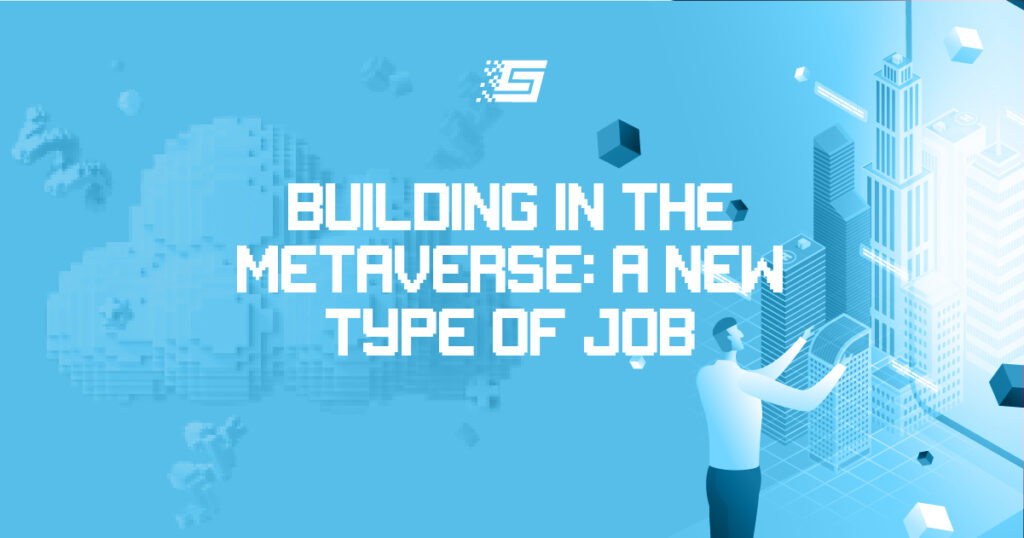The 4 Most Important Steps To Solve Advertising In Virtual Worlds
Virtual worlds – each with their own unique cultures, where consumers can adopt different personas with behaviors and purchasing patterns that don’t align with their particular real-world habits – provide a challenge and an opportunity to brands that want to engage in the space.
The metaverse provides an additional touchstone for developing relationships with consumers through advertising within the virtual realm, from sponsorship opportunities in a virtual “bar” during a Super Bowl to virtual fashion events. If executed properly, these direct-to-avatar (D2A) marketing opportunities can lead to digital and real-world purchases and brand loyalty.
Brands Using NFTs For Marketing
Over the past year or so, brands have continued to take steps into the metaverse and have integrated NFTs into their marketing strategies. We have seen many instances where brands have integrated NFTs into various celebrity collaborations and promotions, including selling unique brand-themed assets.
Some brands are buying companies that are already in the metaverse. For example, Nike acquired the NFT studio RTKFT In December 2021, which produces NFT collectibles such as digital sneakers. Coca-Cola teamed up with the 3D creators at Tafi to auction off NFT loot boxes. They contained dynamic and rare Coke-branded NFTs, friendship cards, vintage Coke coolers, and more hidden NFT surprises. Overall sales were in excess of $1 million.
Celebrities like LeBron James, Snoop Dogg, and Paris Hilton have all created celebrity-themed NFT artwork. Snoop Dogg released an NFT collection, “A Journey with the Dogg,” which showcases his memories over the years. The NFT drop lasted just 48 hours, and the NFTs sold for hundreds of thousands of dollars. Paris Hilton created over 100 NFT pieces in her collection and hosted a metaverse party on Roblox. LeBron James has begun trademarking a number of names for downloadable NFTs to create footwear and athletic-wear “meta-merch”. As per the trademark filings, LeBron will be hosting events in the metaverse, connecting users to all things LeBron James, such as virtual basketball gyms and recreational facilities.
Brands are also using the popularity of the metaverse along with NFTs to showcase their fashion and history. Louis Vuitton released a collection of NFTs in its stand-alone mobile app game Louis: The Game. Users can dress up the brand-inspired avatar in different ways and learn about the brand’s 200-year history on the app.
Advertising In The Metaverse
Here are four of the most effective initiatives that can help brands connect with their virtual-world audience.
Collaborate With Other Brands
Brands are collaborating together to blend their audiences in the metaverse. Gucci partnered with Roblox to create Gucci Garden, a digital immersive multimedia experience on Roblox. The fashion installation experience lasted for two weeks on the platform.
In late 2021, Balenciaga entered the metaverse, collaborating with Epic Games. Fortnite players were able to wear limited-edition Balenciaga skins and outfits for their avatars. The items were available to buy via the in-game Fortnite currency.
Set Up Promotions
There are numerous possibilities with NFTs and promotional games. Star Atlas worked together with The Sandbox to create a metaverse contest that allowed users to win spaceship NFTs.
A brand could potentially embed an NFT in every product or service it sells. They could be a surprise and delight NFT, such as a ticket for entry into a fashion show or virtual concert.
Some brands are also exploring awarding NFTs in sweepstakes and other prize promotions. Professional sports teams are experimenting with developing NFTs for season ticket holders.
Offer Virtual Experiences
Virtual experiences have now become a mainstay of the metaverse. In March 2022, the first-ever Metaverse Fashion Week took place, featuring events from brands such as Tommy Hilfiger, Dolce & Gabbana, and DKNY. More than 100,000 people attended the event, which allowed consumers to buy digital fashion and receive a physical duplicate of the virtual items purchased. Virtual experiences like these work to mimic real-world events. For instance, the Miller Lite Bar aired a Super Bowl ad in the metaverse. Miller Lite fans watched the Super Bowl ads while enjoying a virtual beer. Attendees could also earn limited-edition cosmetic items with Miller Lite branding at the virtual bar, all of which sold out in minutes. Even stores like Lowe’s have been working on implementing tools in the metaverse that will allow their consumers to visualize their projects virtually, which are based on physical products Lowe’s sells.
Take Part In Charitable Giving
Brands are also using the metaverse and NFTs to support good charitable causes. Prada and Adidas collaborated with digital artist Zach Lieberman to create NFTs that feature community-sourced artwork submitted by consumers. The final NFT will be auctioned off, with the majority of the proceeds going to Slow Factory, a nonprofit organization looking to address climate concerns as well as social inequities.
Kith and Invisible Friends have partnered to create distinctive Invisible Friends NFT characters with custom Kith outfits. The proceeds went to Kings Against Violence Initiative, a Brooklyn nonprofit organization that aims to tackle violence against young people in NYC.


